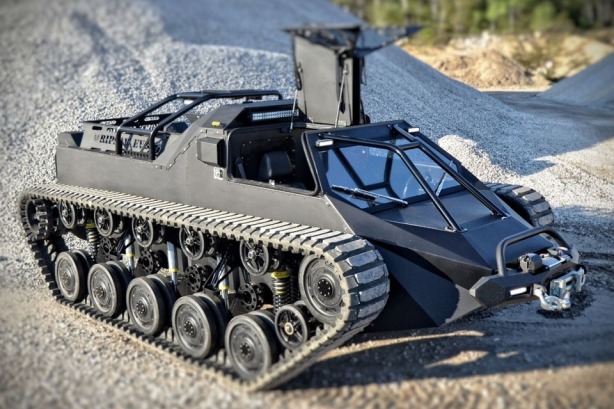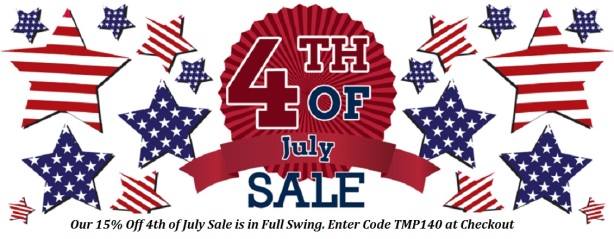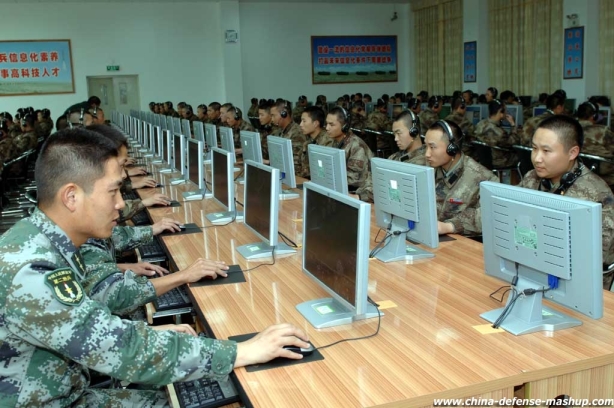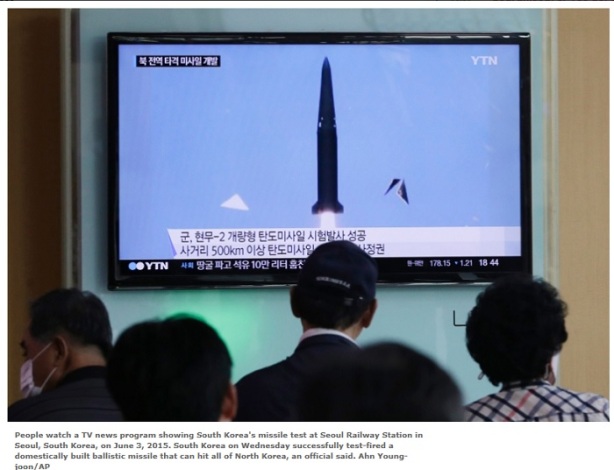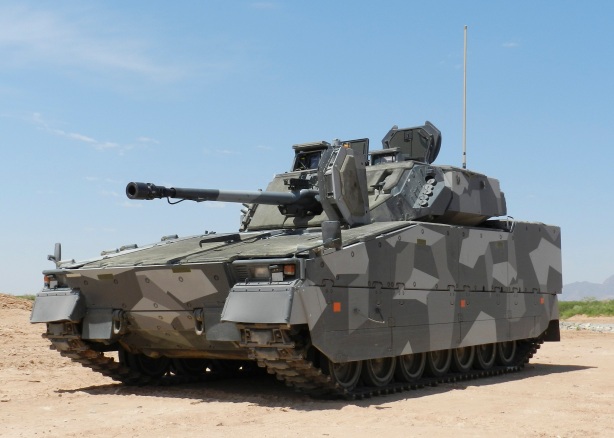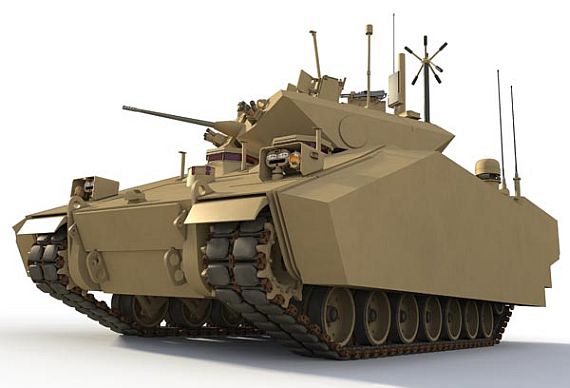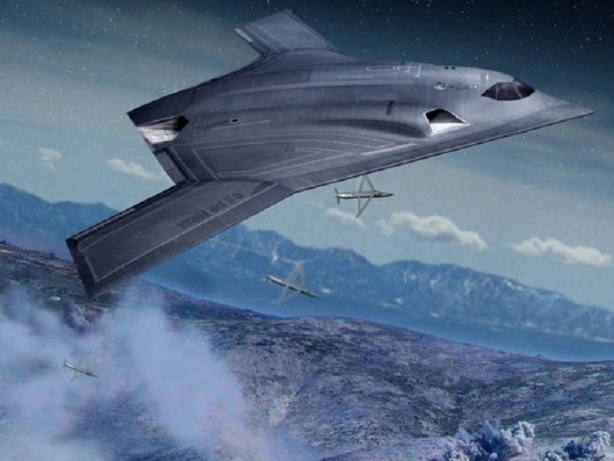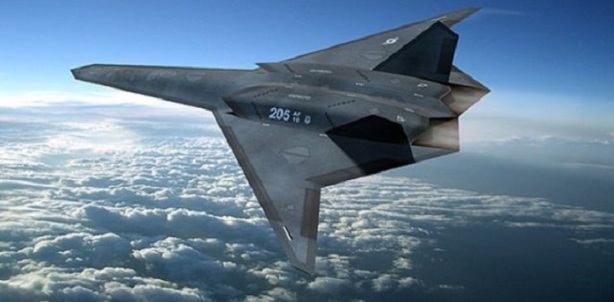Its called the Joint Light Tactical Vehicle (JLTV) and its designed to replace the venerable Humvee as the US Army’s vehicle of choice to move men and equipment over cross-country terrain in the early 21st Century. However, unlike the Humvee, the JLTV is well-protected against Improvised Explosive Devices (IEDS) which plagued the military during its recent campaigns in both Afghanistan and Iraq.
Three designs are being submitted to the Pentagon: one each for AM General, Lockheed Martin, or Oshkosh (shown left to right in the accompanying images). According to Breaking Defense, “When you look at the three competitors’ vehicles, they all look pretty much like trucks. In fact, they look like smaller variations on the blocky theme of roadside-bomb-resistant wheeled vehicles — uparmored Humvees, Mine-Resistant Ambush Protected (MRAP) vehicles, M-ATVs — that became as iconic of the conflicts in Afghanistan and Iraq as the Jeep was of World War II.
Appearances, however, can deceive.
The first crucial difference is what the JLTV is meant to do: combine the protection of the bulky MRAPs with the off-road agility of the original unarmored Humvee, before layers of added armor weighed it down. Mobility matters both on the attack and on defense, because the best protection against a roadside bomb is to get off the road. Mining a key chokepoint along a predictable route is easy. Mining all possible cross-country approaches is not.
The second crucial difference is JLTV’s design. Squaring the circle of protection and mobility is impossible with traditional techniques. Even the lightest MRAP variant, the MRAP All-Terrain Vehicle (M-ATV) specifically designed for the rough ground of Afghanistan, weighs almost twice the 14,000 pounds (sans cargo) that the military wants for JLTV. That weight, in turn, brings down its cross-country speed.”
According to current projections, the contract at stake in this year’s competition is for the first 17,000 vehicles, but the Army plans to buy 49,000 and the Marines another 5,500, thereby bringing the total to at least 55,000 vehicles including variants and task-oriented, purpose-built platforms. The Navy and National Guard will also likely take part in acquiring the new vehicles, driving per unit production costs down and total requirements up.
Update: The Pentagon has chosen the Oshkosh version as their future Humvee replacement. The program, estimated at $30 billion, will commence with a $6.7 billion low rate initial contract, a base contract with options to procure the first 16,901 vehicles for the Army and Marine Corps. All told, the Army-led program will provide 49,100 vehicles for the Army and 5,500 for the Marine Corps.





